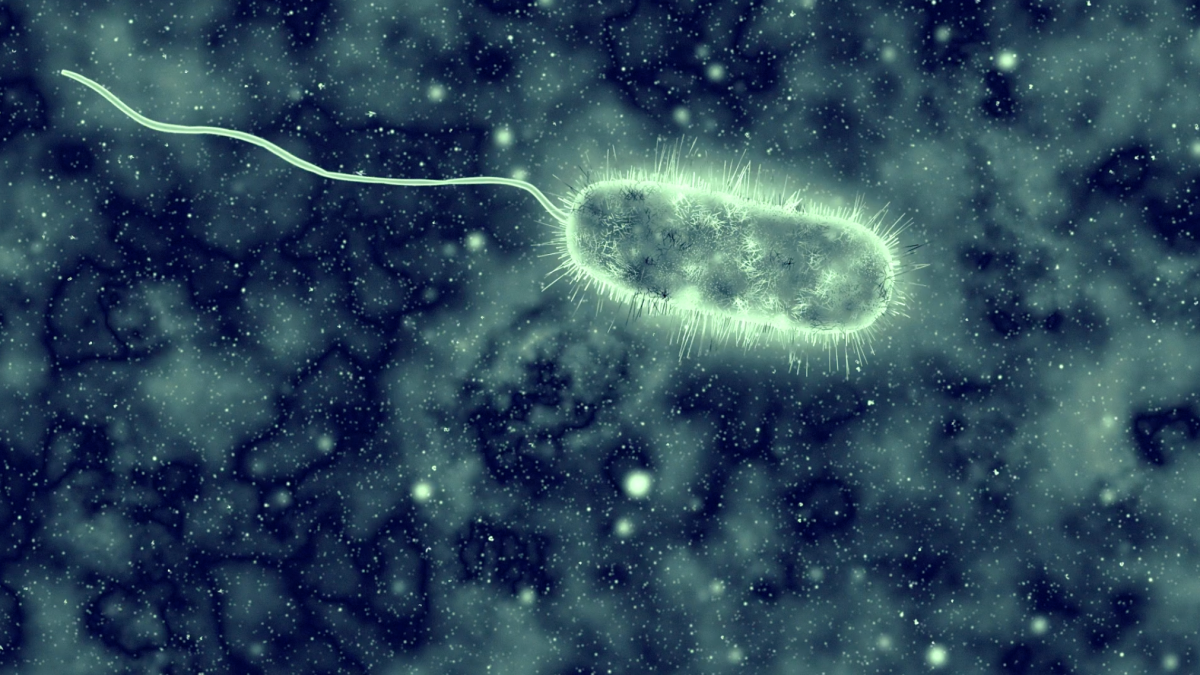
Florida has seen a rise flesh-eating bacteria cases and deaths following Hurricane Ian.
Florida has seen an increase in cases of flesh-eating bacteria this year driven largely by a surge in the county hit hardest by Hurricane Ian.
The state Department of Health reports that as of Friday there have been 65 cases of vibrio vulnificus infections and 11 deaths in Florida this year. That compares with 34 cases and 10 deaths reported during all of 2021.
In Lee County, where Ian stormed ashore last month, the health department reports 29 cases this year and four deaths.
Health officials didn't give a breakdown of how many of the cases were before or after Ian struck.
Get Tri-state area news and weather forecasts to your inbox. Sign up for NBC New York newsletters.
What is vibrio vulnificus?
Vibrio vulnificus is a rare, naturally occurring bacteria that lives in warm brackish seawater, according to the Florida health department.
Since the flesh-eating bacteria is naturally found in warm marine waters, people with open wounds can easily become exposed through direct contact.
U.S. & World
People who eat raw shellfish, including oysters, can also become infected with the disease.
What are the symptoms of the flesh-eating bacteria?
Health officials say skin can become infected with the disease when open wounds are exposed to the bacteria in warm seawater. These infections can lead to the breakdown of skin and ulcers.
The bacteria can also invade the bloodstream, causing a severe and life-threatening illness with symptoms such as fever, chills, septic shock, and blistering skin lesions, according to the health department.
Eating infected shellfish can result in vomiting, diarrhea and abdominal pain.
How many people have died in Florida from the bacteria?
At least one of the 11 vibrio vulnificus deaths this year was unrelated to the storm. In August, a South Florida man died after contracting the bacterial infection after eating a raw oyster at the Rustic Inn Crabhouse in Fort Lauderdale.
Earlier this month, Lee County health officials warned that the post-hurricane environment — including warm, standing water — could pose a danger from the potentially deadly bacteria.
"Flood waters and standing waters following a hurricane pose many risks, including infectious diseases such as vibrio vulnificus,” the county health department said in a news release on Oct. 3 that urged the public to take precautions.
The advisory said that people with open wounds, cuts, or scratches can be exposed to the bacteria through contact with seawater or brackish water. People with open wounds should avoid such water and seek medical care immediately if an infection is apparent.
Health officials say about 50 percent of bloodstream infections by the bacteria are fatal.